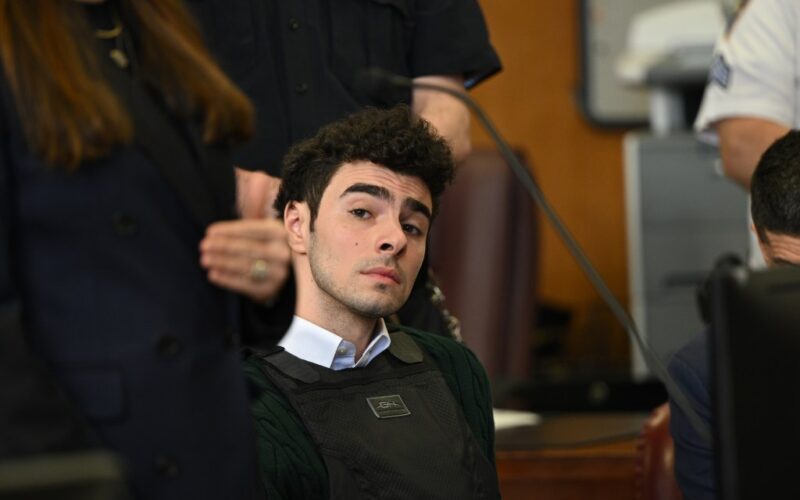New York is the center of the legal profession in the United States, yet only in New York is the public excluded from seeing and hearing the proceedings from inside the state’s courtrooms. That very bad exception must be changed and state Assembly Speaker Carl Heastie can do so by letting a bill allowing cameras in court to come up for a vote, on this, the final day of this year’s legislative session.
The state Senate two weeks ago agreed to open up the courts to cameras on a vote of 56-4. The four dissenters were two from each party. We are sure the 150 Assembly members would have such a similar outpouring of support.
The state’s chief judges, going back more than 30 years, from Judith Kaye to Jonathan Lippman to Janet DiFiore to Rowan Wilson, have all urged cameras in the courts. And it is under Wilson that the courts have tried their best to let the people in within the confines of an outdated law, called state Civil Rights Law § 52, which would be repealed.
The statute says: “No person, firm, association or corporation shall televise, broadcast, take motion pictures or arrange for the televising, broadcasting, or taking of motion pictures within this state of proceedings, in which the testimony of witnesses by subpoena or other compulsory process is or may be taken, conducted by a court.”
In two very high public interest cases, trial judges, supported by Wilson have been creative, striving for greater access, while abiding by § 52. In Donald Trump’s hush money case, Trump’s sentencing in January, 10 days before he was inaugurated for his second term, had the audio broadcast.
And in the case of accused insurance CEO assassin Luigi Mangione, there are plans to have cameras there for everything except witness testimony. But New York shouldn’t have to find ways around the old law.
The other states, be they large or small, conservative or liberal, with appointed judges or elected judges, all do quite fine in permitting video and audio feeds from their courtrooms and that includes witness testimony.
Civil cases and criminal cases are all open to the public (and the Constitution’s Sixth Amendment requires public trials in criminal prosecution), but while in every other state that is a simple matter of turning on a TV or a computer, in New York it means trudging down the courthouse to sit there in person.
The federal courts are like New York in largely excluding cameras since a national pilot project ended in 2015, however, the lawsuit that California Gov. Gavin Newsom lodged against President Trump for deploying the National Guard into L.A. was filed in the Northern District of California, which is one of of only three federal districts of 94 districts (along with the Western District of Washington and the District of Guam) that have been authorized to continue the pilot.
And the National Guard case ended up with Judge Charles Breyer, one of the few who runs his courtroom on Zoom. Breyer had 1,000 Zoom viewers last week, the maximum the software can hold, showing that the public is hungry to see and hear what is happening inside of the public courts.
Come on, Speaker Heastie, make some good history today and open up New York’s courts to everyone.








